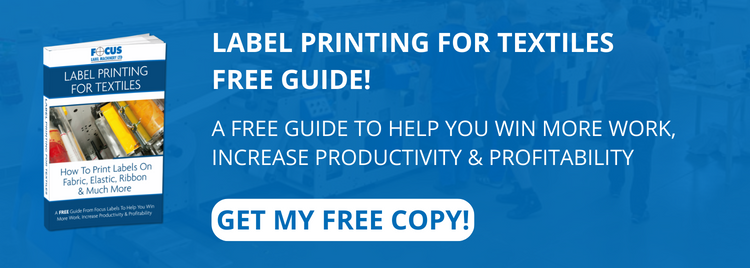Sustainability is a powerful driving force in today’s market, as printers and customers seek out environmentally friendly printing methods that eliminate the ecological damage associated with traditional solvent inks. Sustainable printing enables businesses to comply with regulatory requirements, reduce their costs, and improve their green credentials, without compromising on the quality of printed materials. However, with flexographic, digital, and offset printing from which to choose, it can be difficult to decide which method is most suited to your business’s needs and priorities.
 In this article, we will explore these three printing methods and evaluate their suitability in a sustainability-driven market.
In this article, we will explore these three printing methods and evaluate their suitability in a sustainability-driven market.
Eco-Printing Techniques Compared
So, what is flexographic, digital, and offset printing, and what are their advantages for a printing business that has sustainability as one of its key concerns?
Flexographic Printing
Flexographic, or flexo, printing utilises a flexible polymer printing plate to transfer inked images onto substrates. Because water-based, solvent, or UV-based inks can be used, flexo printing is highly versatile and suited to many different applications and substrates. In terms of sustainability, flexographic printing is a particularly efficient and practical solution for label and packaging production, as it is low on resources, energy, and costs.
All flexographic printing methods require high energy level drying systems , utilising Hot Air, Infrared or combination of both for water & Solvent based inks, but these can be managed on modern presses. UV inks will require specialist UV curing systems , another high consumer of energy. LED UV is now creating a lot of interest because it uses up to 30% less energy and has reduced impact with regards to volatile emissions.
Although printing plates are required for each run, they can be reused literally millions of times, so there is minimal waste. It’s important to note that, to produce flexo printing plates, solvents will be required, so safe handling and storage is essential. Outsourcing this step to a specialist design and reprographics house is a popular solution.
Digital Printing
Digital printing is often hailed as the most sustainable printing method for short runs and, in some respects, this is true: the process generates minimal waste, emits few emissions when matched with LED UV drying systems, and avoids the use of printing plates and harmful chemicals. However, digital printing can be expensive with regards to Capital equipment outlay , and consumables such as print heads, must be maintained and replaced, making it unsuitable for medium to high print runs.
Digital printing excels in personalised, variable data, and marketing applications, making it a preferred choice in those areas. The Industry is gearing up to further hybrid integration, users can combine the benefits of digital and flexo printing & finishing for a cost-effective and sustainable solution to their printing needs.
Digital/Flexo Hybrid
Offset Printing
Offset printing involves using printing plates to transfer ink onto a rubber cylinder, which then transfers the image directly onto the substrate or container. The production of printing plates typically involves water or digital processing, eliminating the need for environmentally harmful chemicals.
Offset printing is the dominant method in general commercial print applications such as stationery, cards, leaflets ,brochures, magazines and books . While offset printing offers high-quality results, it can be challenging to set up and has become less popular compared to flexo in narrow web and digital printing, which have seen significant technological advances. However, it still has a role to play in direct printing rigid containers, such as paint tins.
Typical Commercial Offset Printing
Unsure Which Printing Method Is Best For You? Contact Focus Label Today!
At Focus Label, we can provide expert advice about the different printing methods to help you to achieve your sustainability goals while producing outstanding and cost-efficient output for your business. To find out more, please call us on 01949 836223 or send us an enquiry.






